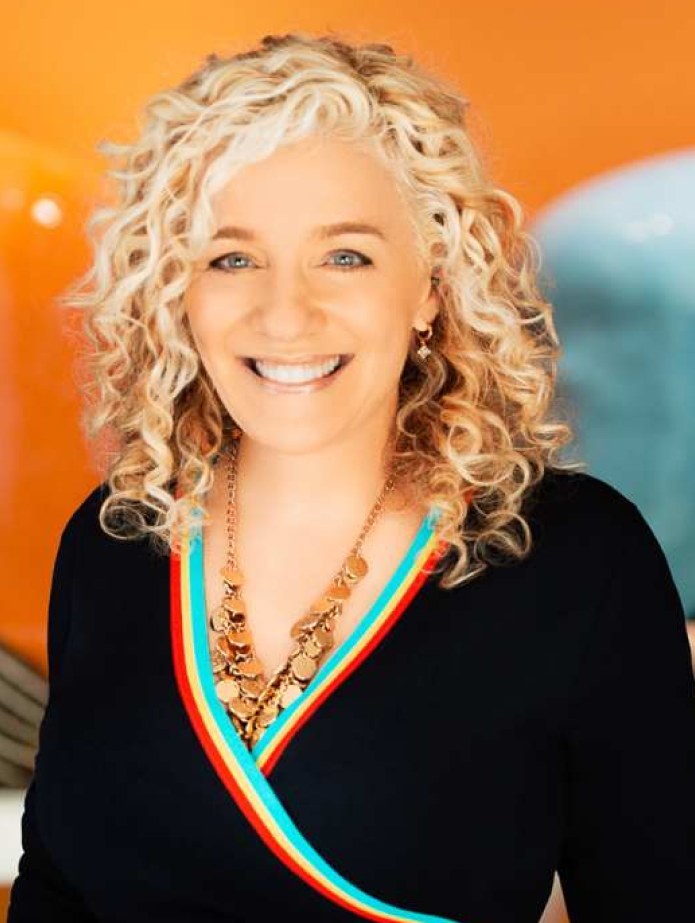The largest annual meeting focusing entirely on DNA forensics.
Discover the newest advances in DNA technology from top experts in the field at the 34th International Symposium on Human Identification. It’s all happening September 18-21, 2023!
The Mindset for Success — Activating True Resilience
TUESDAY, SEPTEMBER 19, 2023 | KEYNOTE PRESENTATION
What is the mindset needed to be vibrant, alive and in command of your life? What does it look and feel like? At any moment, life can throw turmoil in our direction—uncertainty and unrest from changes at work, the shock of sudden financial loss, an automobile accident, serious illness…What does it take to be OK inside of ourselves no matter what?

Thank You To Our 2023 Sponsors







